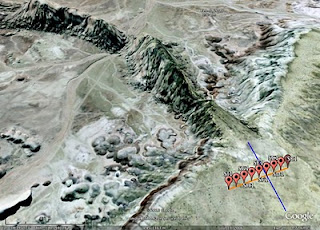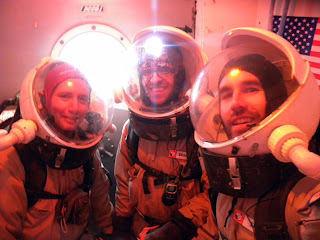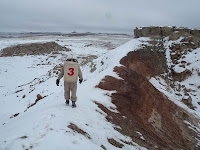The Social Tsunami
The past day and a half has passed in a blur of activity responding to the Chile earthquake and Pacific tsunami . I was awake for 40 hours working almost nonstop at the Pacific Tsunami Warning Center (PTWC) and only took a small break for about two hours on Saturday afternoon. The total elapsed time from our first to last tsunami bulletins was 27 hours - a record long event for us. It may have been exhausting, but it was rewarding work knowing that something I was doing was making a difference. This was, after all, the first Pacific-wide tsunami warning since 1964! Below is a photo of one of our displays in the operations center showing estimated tsunami travel time contours just before the tsunami was due to strike Japan:


